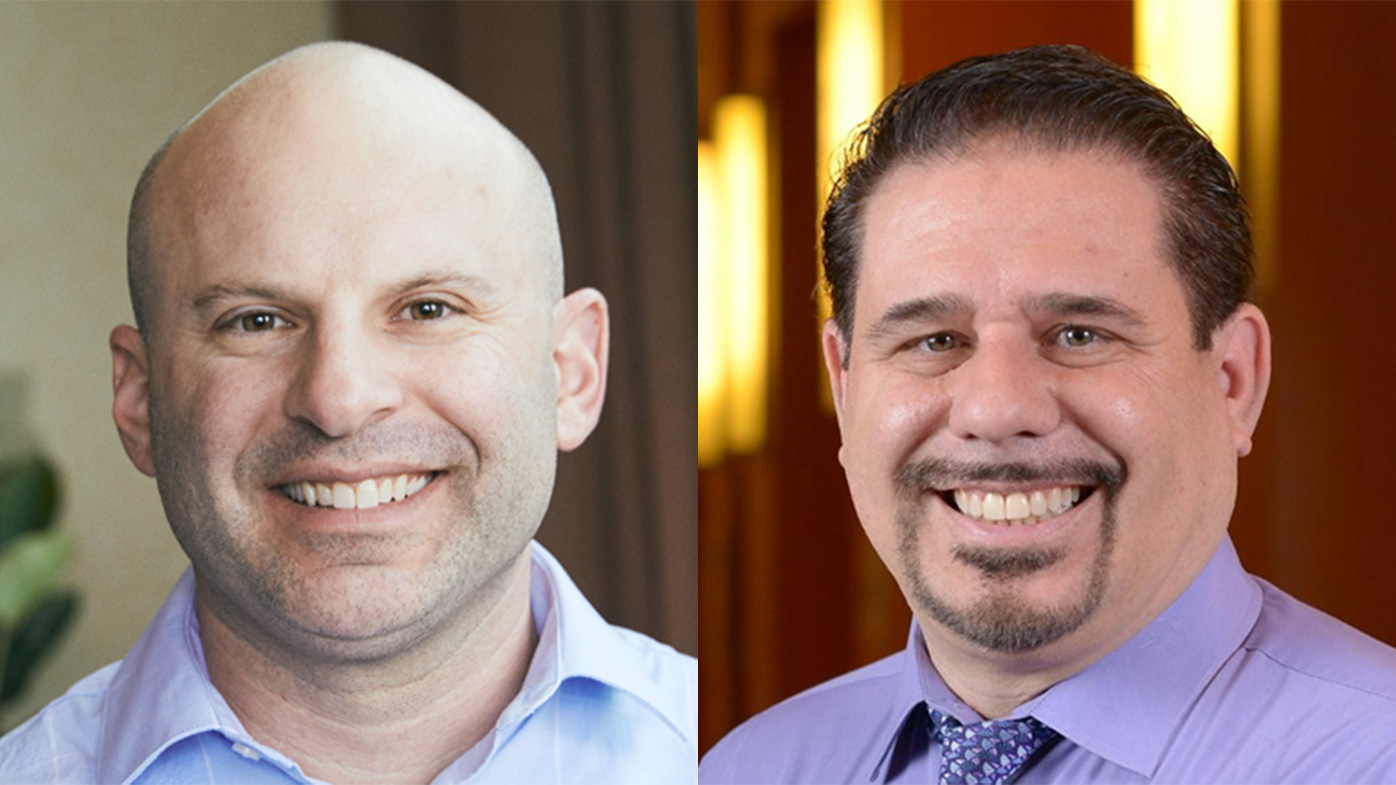
Jim Adair, vice president, WW Hematology Commercial and Matt Alsante, senior director, Patient Advocacy, Hematology
In recent years, scientific breakthroughs have continued to transform the treatment of hematologic diseases, including several that have been pioneered by scientists at BMS. While there has been continued progress, blood disorders still often lack curative options and living with these conditions can cause a significant burden on a patient’s quality of life. As long as these patient needs persist, we remain focused on the pursuit of new, effective treatment options.
That’s why we’ve asked Jim Adair, Vice President of WW Hematology Commercial, and Matt Alsante, Senior Director of Patient Advocacy, Hematology, to discuss the importance of keeping patients at the center of our work, as well as the importance of collaboration in delivering the next wave of hematology advances.
Tell us a little more about the complexity of blood disorders and the impact on a patient’s experience.
Jim: Hematology comprises more than 100 different disorders, including leukemia, lymphoma, multiple myeloma, myelodysplastic syndromes (MDS) and myeloproliferative neoplasms (MPN). Each disorder requires its own scientific approach and considerations of patients’ needs. At BMS, we recognize the importance of this heterogeneity and through decades of research and clinical experience, we’ve transformed the treatment of key blood cancers like multiple myeloma and debilitating conditions like anemia. We’ve made great strides forward, but we’re committed to expanding the reach of our portfolio and pipeline to help even more patients across disease areas.
Matt: Blood cancers by their very nature have the potential to reach almost anywhere in the body and each carries a distinctive burden on a patient and their loved ones. For example, someone with multiple myeloma may research and discuss various treatment options with their doctor to extend their survival whereas someone with myelodysplastic syndromes is focused on delaying transformation to acute myeloid leukemia. We’re committed to addressing the needs of patients across their disease journey, from those who are in their initial stages to others who may be facing a lack of available options.
How do you ensure these diverse patient needs are met?
Jim: When thinking about where we can make the biggest impact with a novel medicine, we anchor on addressing urgent needs for patients. It is integral that we listen to patients, whether this is through patient advocacy, physician interactions or market research, to really understand what they are experiencing and the gaps they are finding in care so we can address them.
We focus on the largest areas of unmet need to improve patients’ lives, which can mean bringing innovation to areas that have not seen advancements for years [as we have done across the myeloid space]. Through our decades of research and clinical experience, we apply learnings across hematologic disorders to continue to advance the science and improve outcomes for patients who are carrying the burden of these disorders.
Matt: When a patient is first diagnosed with blood cancer, they may feel a state of helplessness and start seeking out their own information on the best path forward, which can lead to misinformation and anxiety.
Through our work in patient advocacy, we partner with many patient advocacy groups to ensure patients and their family caregivers have a trusted place to go for resources. These partnerships support us by being a voice on behalf of the patients we serve and ensuring their needs are incorporated into every aspect of the work being done at BMS.
Another example of how we meet diverse patient needs is our Standing in the Gaap program in the U.S., which focuses on increasing healthcare access and improving health outcomes for medically underserved populations, to help close the gap in diagnosis, care and survival rates among African Americans with multiple myeloma. It is the most common form of blood cancer among African Americans. African Americans account for 20% of multiple myeloma cases, despite African Americans comprising about 14% of the U.S. population.
How does cross-functional collaboration drive hematology innovation forward?
Jim: We have delivered many firsts in hematology and are committed to delivering the next wave of advances for patients through our extensive portfolio. We have a rich hematology pipeline with 25 programs in clinical development and more than half in late-stage trials spanning multiple modalities, combinations and platforms – particularly cell therapy and other cutting-edge technologies.
For example, in multiple myeloma, we are pursuing a wide variety of modalities to attack cancer cells from several different angles, to improve outcomes for every patient impacted by the disease.
We are advancing both our current therapies and the next wave of innovation, taking an all-hands-on-deck approach. Regardless of our areas of expertise, we are all working together to ensure we make the biggest impact possible to bring more effective treatment options to market as quickly as possible because we know patients are waiting for us. This shared vision allows us to collaborate with the right goal and purpose in mind. We don’t look to do what is best for a particular area or function – we are looking at the needs of diverse patients to do what is best for those we serve.
Matt: One of my greatest joys is working with national and local patient advocacy organizations and bringing the patient journey to my colleagues. Helping them to better understand the experiences taking place within the community is not only an important aspect of our business, but it also reminds them of the significance of the incredible hard work being done. We believe it’s not simply about slowing disease progression or extending patient lives but offering the possibility of a better life, which we aim to achieve through science, collaboration and partnerships that amplify our efforts in this community.


